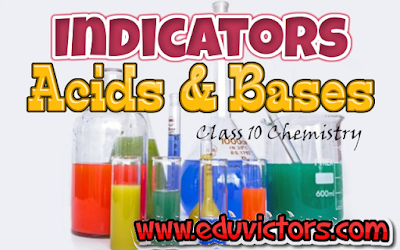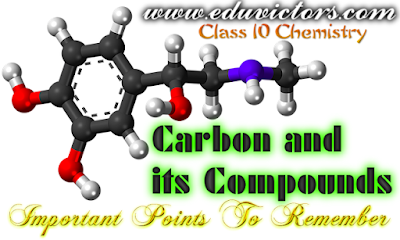CBSE Class 10 - Chemistry - Assertion Reason Based Questions
Assertion and Reasoning based questions are a bit tricky. You should be able to distinguish whether the assertion is well connected to the reason or these are just random facts. Read both statements carefully, and check if both statements are factually or logically correct or not. If both are correct, then try to check if both are well connected to each other or not.
The questions below consist of statements of an Assertion and a Reason. Use the following key to choose an appropriate answer:
(A) If both assertion and reason are CORRECT and the reason is the CORRECT explanation of the assertion.
(B) If both assertion and reason are CORRECT, but the reason is NOT THE CORRECT explanation of the assertion.
(C) If assertion is CORRECT, but reason is INCORRECT
(D) If assertion is INCORRECT, but reason is CORRECT
QUESTIONS:
1. ASSERTION: Combustion reactions are also called exothermic oxidation reactions.
REASON: In these reactions, oxygen is added and heat energy is released.



















